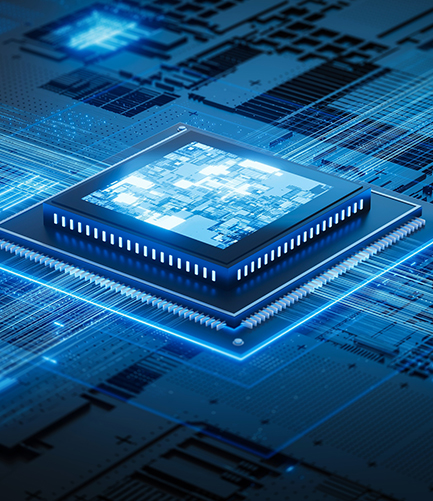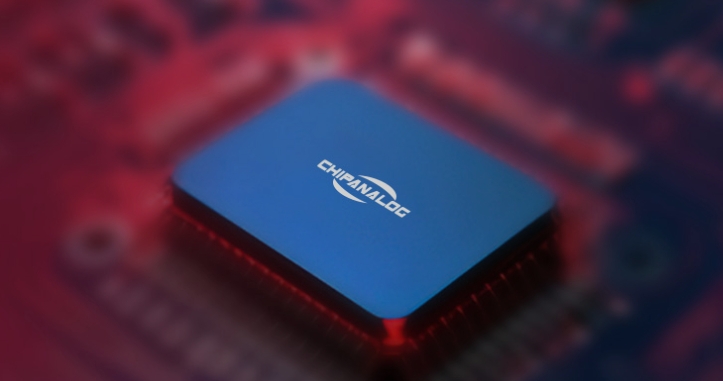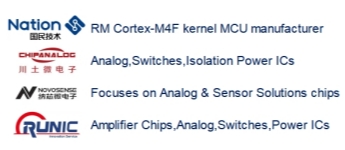November 18, 2025
DRAM has gone crazy
The expansion of global investment in artificial intelligence (AI) has exacerbated the shortage of semiconductor DRAM, and price negotiations, previously conducted monthly or quarterly, are now shifting towards long-term supply contracts of six months or longer. Demand-side companies are also actively responding to six-month contracts as a severe DRAM supply shortage is expected to continue driving up prices next year. The market is even beginning to discuss supply contracts for 2027, as securing supply next year is becoming increasingly difficult.
On November 17th, a semiconductor industry insider explained, "The DRAM market has shifted to a long-term contract-driven market," adding, "The purchasing demand generated by this situation is stronger than the supercycle market of 2017." DRAM serves as temporary data storage, enabling central processing units (CPUs) and graphics processing units (GPUs) to process information quickly.
With the emergence of large language model (LLM) AI such as ChatGPT, the role of GPUs is becoming increasingly prominent. To support these models, memory semiconductors, including high-bandwidth memory (HBM) that employs multi-layered stacked DRAM, are facing supply shortages. A prime example is that major US tech companies, including NVIDIA, the world's largest AI semiconductor company, have secured HBM chips from SK Hynix and Samsung Electronics through long-term annual contracts.
However, recently, not only is there a shortage of HBM memory, but general-purpose DRAM is also facing supply shortages. This is because with OpenAI and Meta announcing AI infrastructure investment plans worth hundreds of billions of won, and with major companies and governments worldwide building data centers for their AI research, demand for general-purpose DRAM, including Double Data Rate (DDR), Graphics (G) DDR, and Low Power (LP) DDR, has surged. While general-purpose DRAM has lower performance than HBM, it is crucial for AI inference and computing.
According to industry insiders, DRAM demand is growing significantly, primarily concentrated in US and Chinese companies. In particular, Samsung Electronics and SK Hynix are reportedly signing six-month contracts with major demanders for supplies next year.
Typically, semiconductor DRAM supply contracts are signed monthly, with a fixed price each month, and then the product price is adjusted according to market prices. However, starting in the second half of this year, with the surge in semiconductor DRAM demand, contract cycles are shifting from quarterly contracts to six-month or longer supply contracts. This is because demanders are not only willing to offer prices higher than market rates, but also want to sign supply guarantee contracts for at least six months.
In fact, DRAM market sales are declining rapidly. Samsung Electronics' semiconductor division (DS) had finished goods inventory assets of 3.404 trillion won at the end of the third quarter, a 14.6% decrease (580.4 billion won) from the previous quarter. SK Hynix's inventory is also declining. The company's finished goods inventory assets in the third quarter of this year were 2.152 trillion won, a decrease of 368.9 billion won from the end of last year.
Due to the DRAM shortage, market discussions have even extended to supply contracts for 2027. SK Hynix has already secured all DRAM supply contracts for next year and is currently negotiating supply for 2027. With SK Hynix's DRAM sold out, demanders, including major global technology companies, are turning to Samsung Electronics. However, Samsung Electronics has already signed supply contracts for most of next year's production. With surging demand, Samsung Electronics is even discussing plans to raise DRAM supply prices by more than 40%.
Industry insiders predict that the super-cyclical performance of Samsung Electronics and SK Hynix will continue until at least 2027 as the DRAM market shifts towards long-term supply contracts. When manufacturers have more long-term supply contracts, production planning, including production costs and distribution, will become easier, and profits will increase accordingly. One industry insider explained, "Prices have risen again because semiconductor contracts that were originally signed monthly or quarterly are now renewed semi-annually." He added, "By 2027, long-term supply contract prices will be higher than current levels, further enhancing profitability." Distributors Unprecedentedly Mandate Bundling of Memory and Motherboards
According to Taiwan's *Economic Daily News*, a severe global shortage of DRAM memory has led some Taiwanese distributors to impose unprecedented bundling requirements on buyers. The report states that some channels now require customers to purchase motherboards and DRAM memory modules in a 1:1 ratio, or risk being unable to purchase memory at all.
This allocation control method is reportedly unprecedented in the DRAM industry. Distributors appear to be using the high demand for memory modules to boost motherboard sales, a strategy more common in the tight-supply consumer electronics market than in the hardware sector. ASUS, Gigabyte, MSI, and Chinese motherboard manufacturer Chaintech are reportedly direct beneficiaries of this practice.
Taipei-based financial analyst Dan Nystedt, known for translating and tracking Taiwanese tech industry media, relayed this news in a post on X, noting that the bundled sales policy "triggered a surge in motherboard sales."
Ultimately, this all reflects the rapid changes in the memory market since the beginning of the year. DRAM contract prices are currently up approximately 170% year-over-year, primarily driven by demand from AI server manufacturers. TrendForce recently raised its Q4 DRAM market growth forecast to 18%-23% quarter-over-quarter.
On the client side, mini-PC maker Minisforum recently increased prices for pre-installed configurations that include both DRAM and SSDs, while keeping prices for basic SKUs unchanged. The company explicitly stated that this move was due to a "significant increase" in its overall costs.
While the bundled sales strategy described in Taiwanese media currently appears to be limited to the Taiwanese market, it illustrates that the distribution of DRAM throughout the supply chain is tightening.
The report also notes that downstream buyers may face new hurdles as hyperscale data center and smartphone manufacturers continue to capture the majority of available capacity. Morgan Stanley Downgrades Ratings for Major OEMs
The continued DRAM memory shortage and price doubling or even more in recent weeks pose a significant challenge to potential PC assemblers and could lead to sustained price increases for computers and electronic devices for at least the next few years. According to X posts by @juklanosreeve (Jukan), Morgan Stanley market analysts believe even large manufacturers and integrators will be impacted, and have even downgraded their stock investment recommendations for some companies.
For reference, Morgan Stanley uses three ratings for stock performance forecasts: OW (Overweight, or Good), EW (Neutral, or Neutral), and UW (Underweight). Dell's rating was reportedly downgraded significantly from OW to UW, while HP, ASUS, and Pegatron were downgraded from EW to OW.
Other OEMs like Acer and Compal, already manufacturers of ultrawide devices, have also seen their target prices lowered by approximately 20% by Morgan Stanley. Dell faces harsher forecasts than other companies because it sells a large volume of servers, which typically consume significant amounts of memory.
In another chart, Microsoft estimates that memory costs account for 40% of the bill of materials (BOM) for high-end servers. General-purpose servers far fare similarly at 30%. Standard PCs and “AI” PCs (whatever the definition of “AI” today) account for 20% and 15% of the BOM, respectively.
If you're wondering why Apple is still rated OW, Jukan suggests that the Cupertino giant made large purchases before the full-blown DRAM shortage and also had a long-term agreement with Kioxia, presumably for which Kioxia produced some of its DRAM.
Given Apple's past experience in handling such crises and its consistent proactive approach, Jukan's speculation may not be unfounded. It's not hard to predict that even if prices for Macs, iPads, and iPhones rise, the increase will likely be small, and ample supply will remain in the short term.
Morgan Stanley seems to believe that original equipment manufacturers (OEMs/ODMs) are likely to absorb some of the DRAM costs themselves, thus reducing profit margins, rather than passing all the costs on to customers. This perhaps best illustrates just how serious the crisis truly is.





